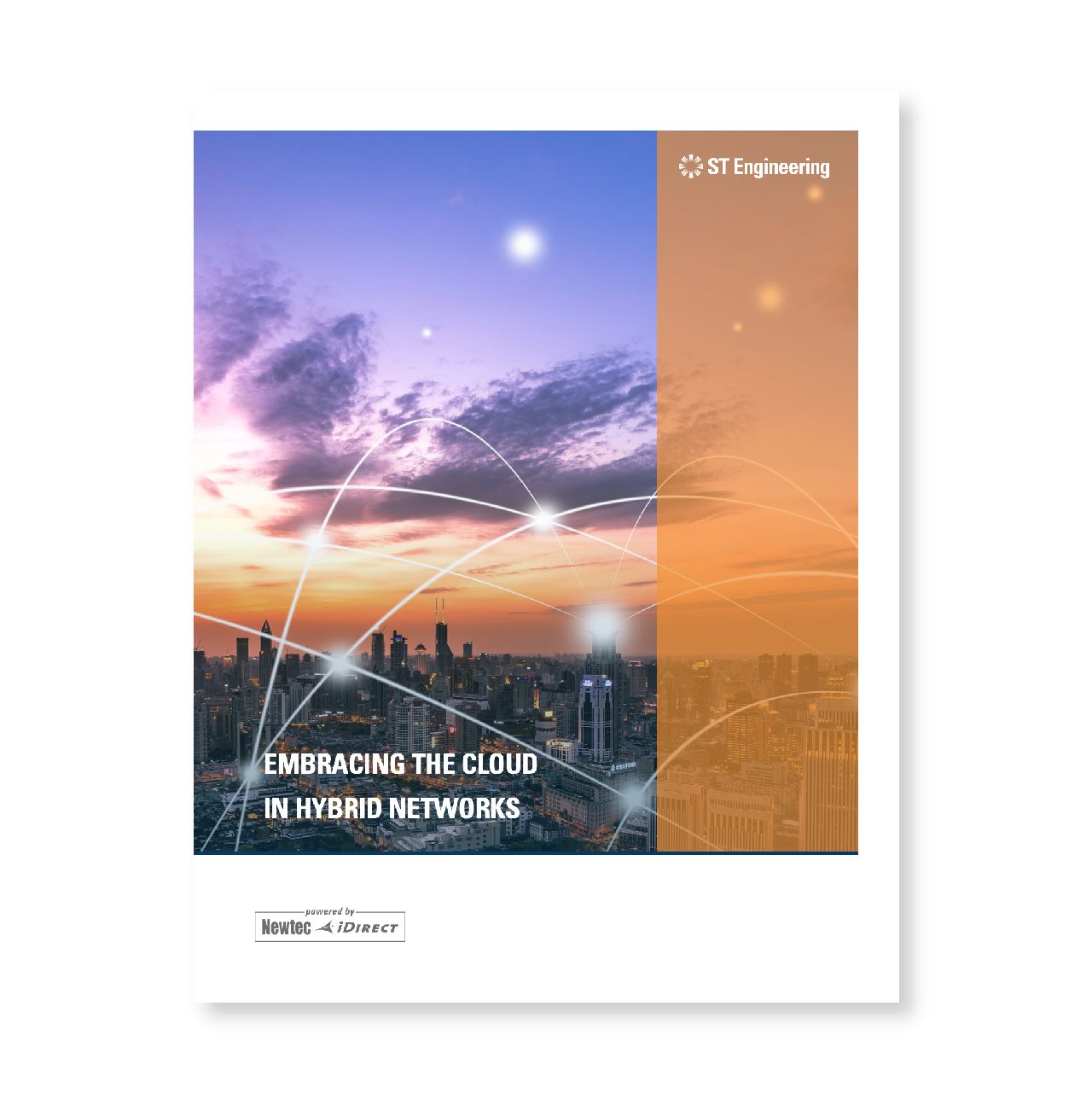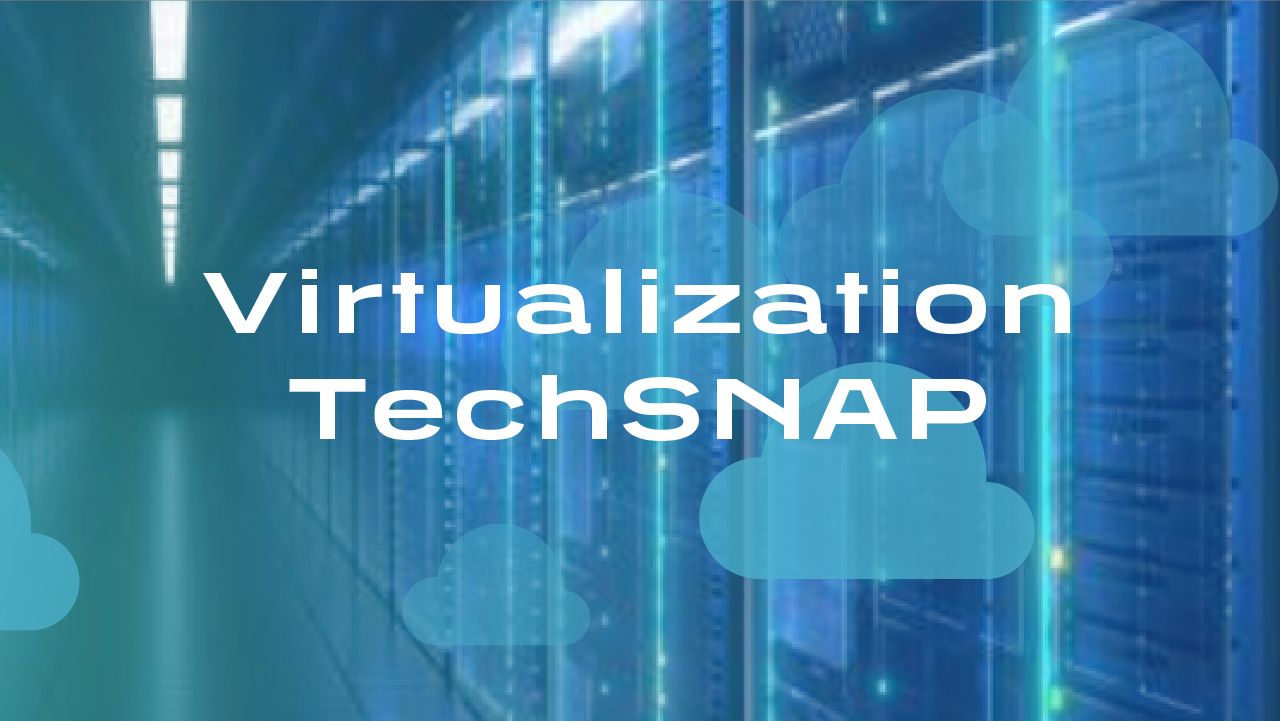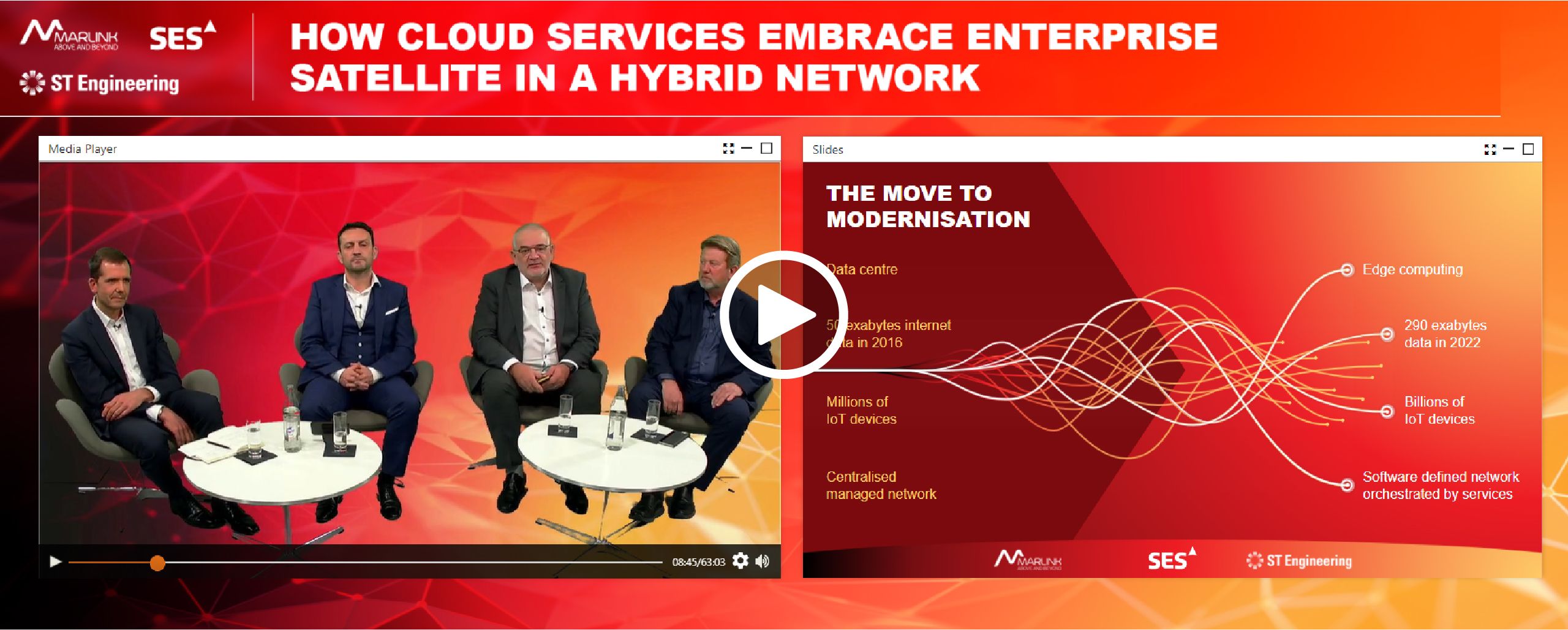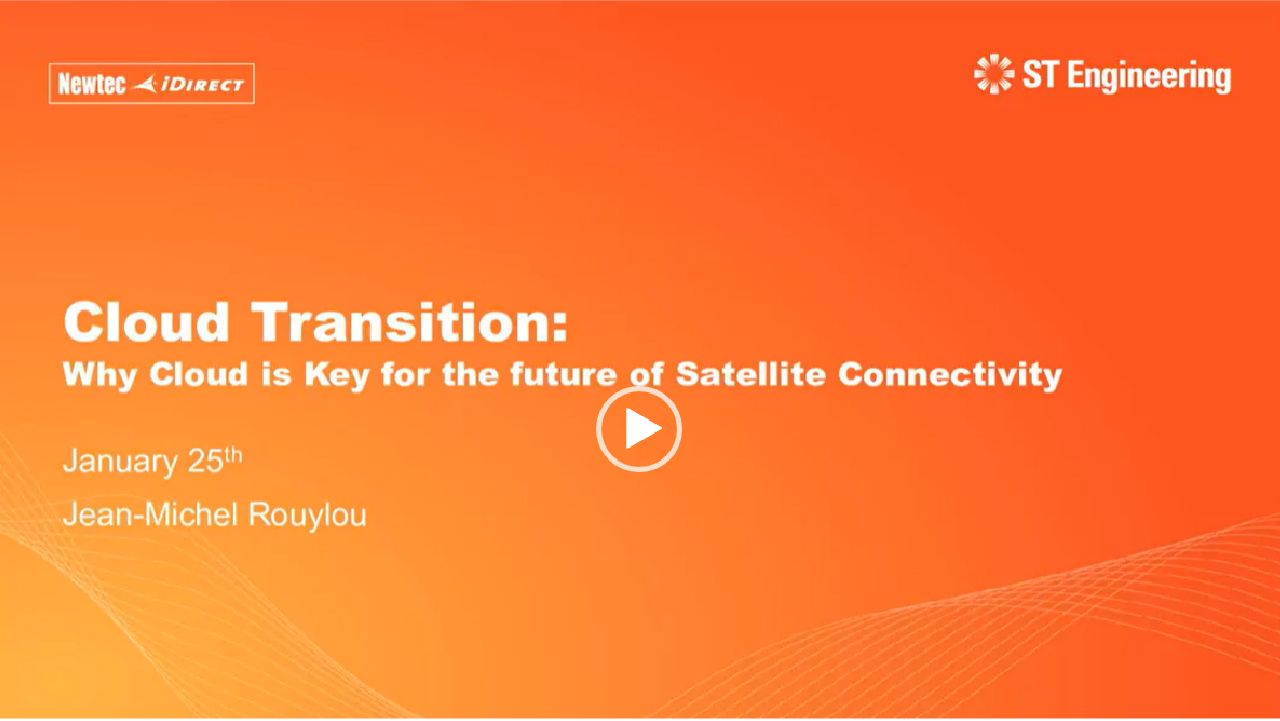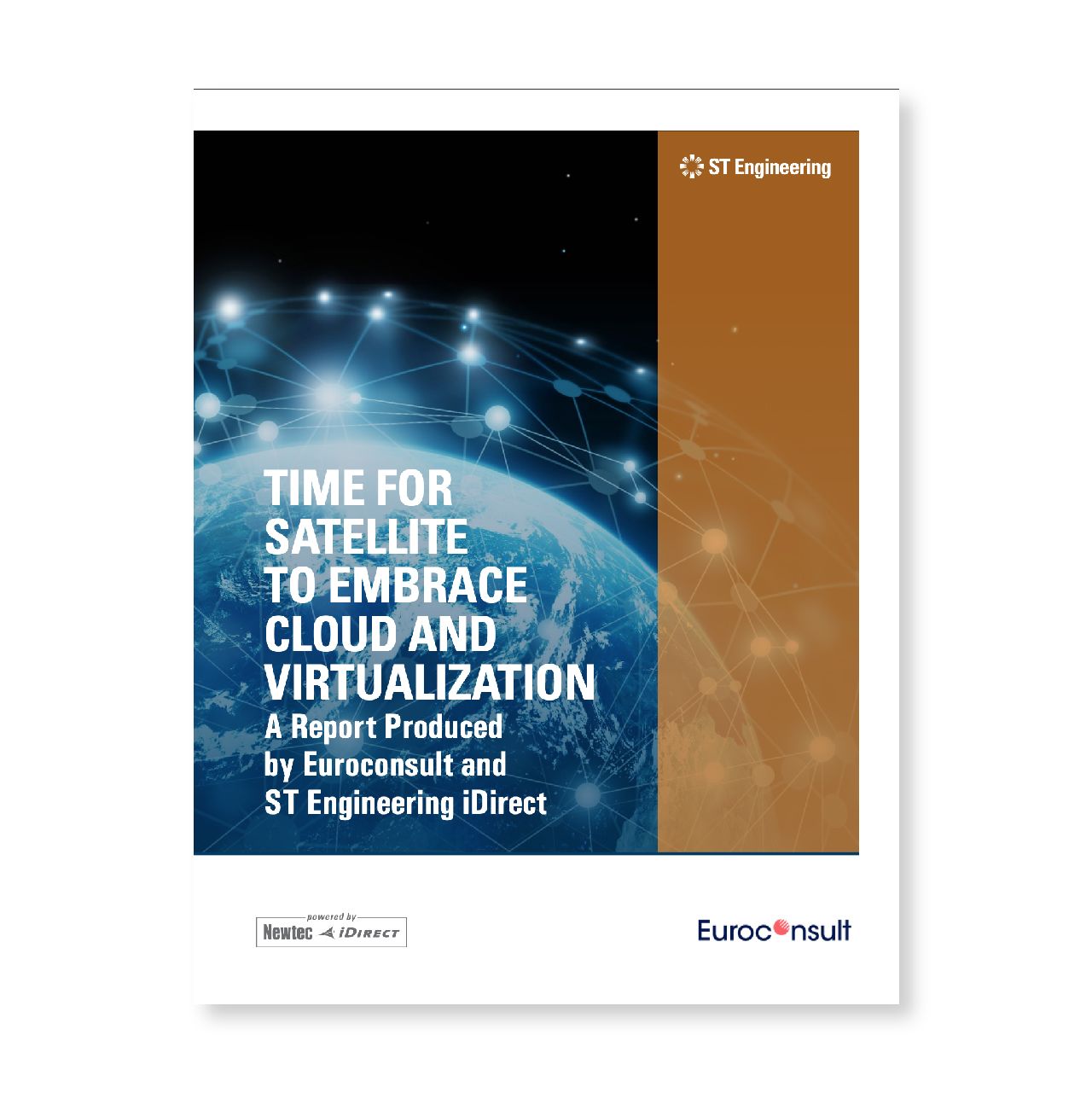Embracing the Cloud
Why satellite needs to move to the cloud and the technology enablers that will make this happen.

As the satellite industry adopts cloud-based infrastructure, there are concurrent technology innovation trends that are pushing satellite towards the cloud as a means of reaching its full potential.
At the same time, the industry is moving away from traditional GEO satellite architectures and towards highly flexible digitized high throughput satellites and new MEO/LEO/HEO constellations.
This newer generation of satellites will require a more scalable, flexible, and secure infrastructure solution – one that only cloud can deliver.
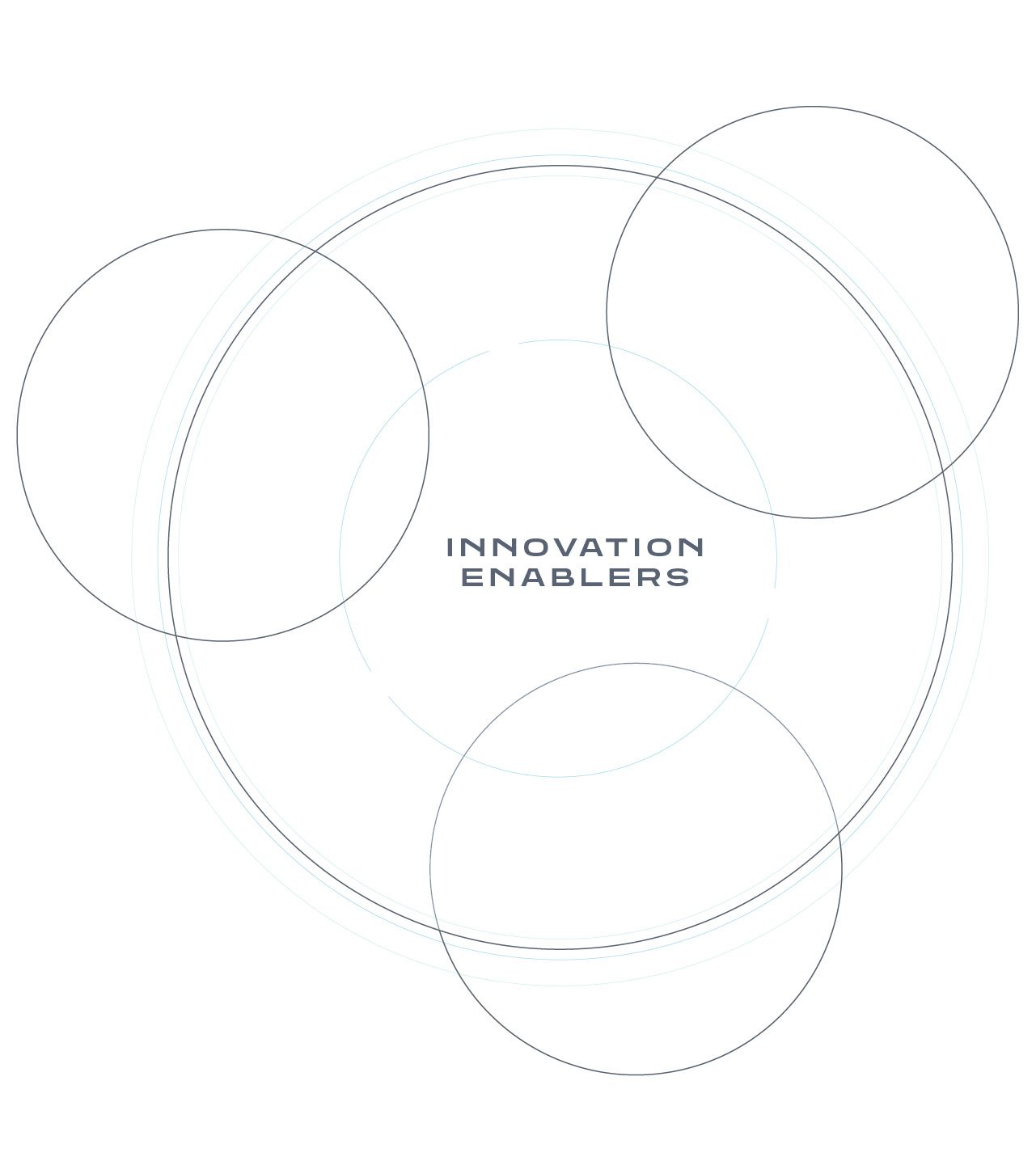
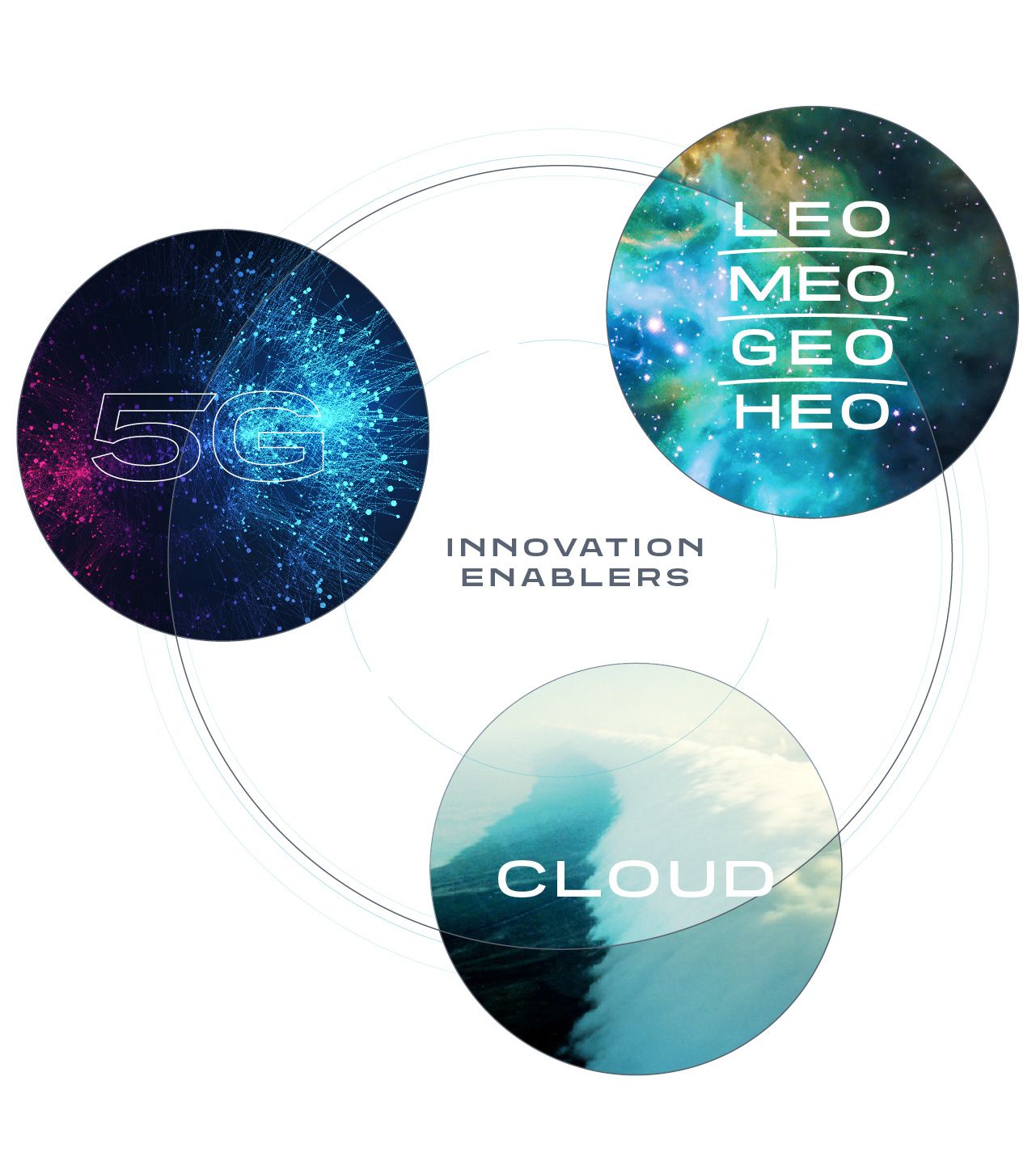
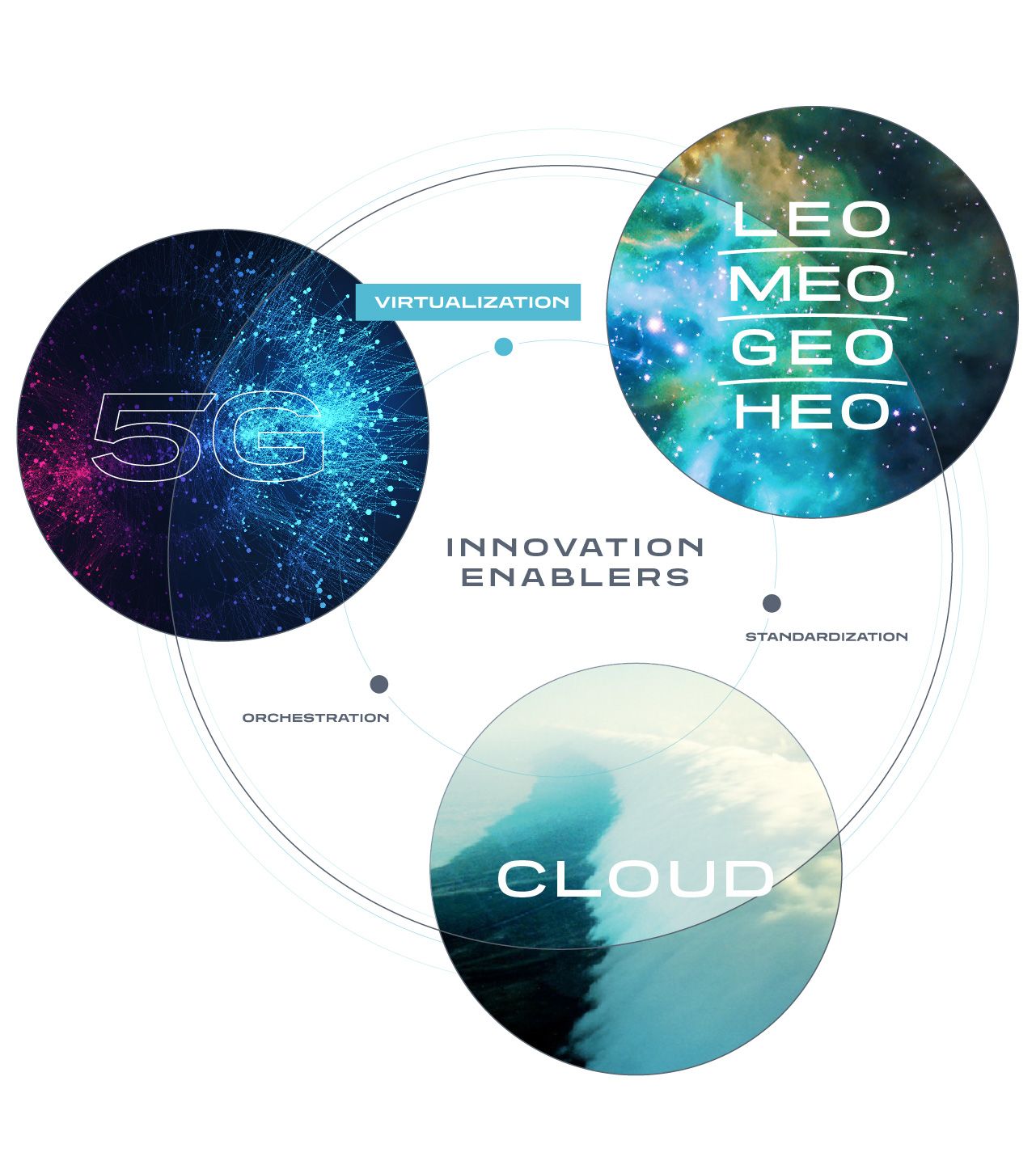
What’s driving the need to go to the cloud?
Satellite technology is critical in the delivery of the cloud services that are transforming the business landscape: - - Enterprises around the world are embracing digitalization and need ubiquitous cloud access—a service that in many places can only be achieved with satellite networks.

THE OPPORTUNITY
There are many advantages to cloud-based architectures for our service provider customers, the biggest one is the ability to offer new services and growing revenue streams. According to NSR, “Satellite cloud service revenues will increase from about $100M in 2020 to $1.2B in 2030.”
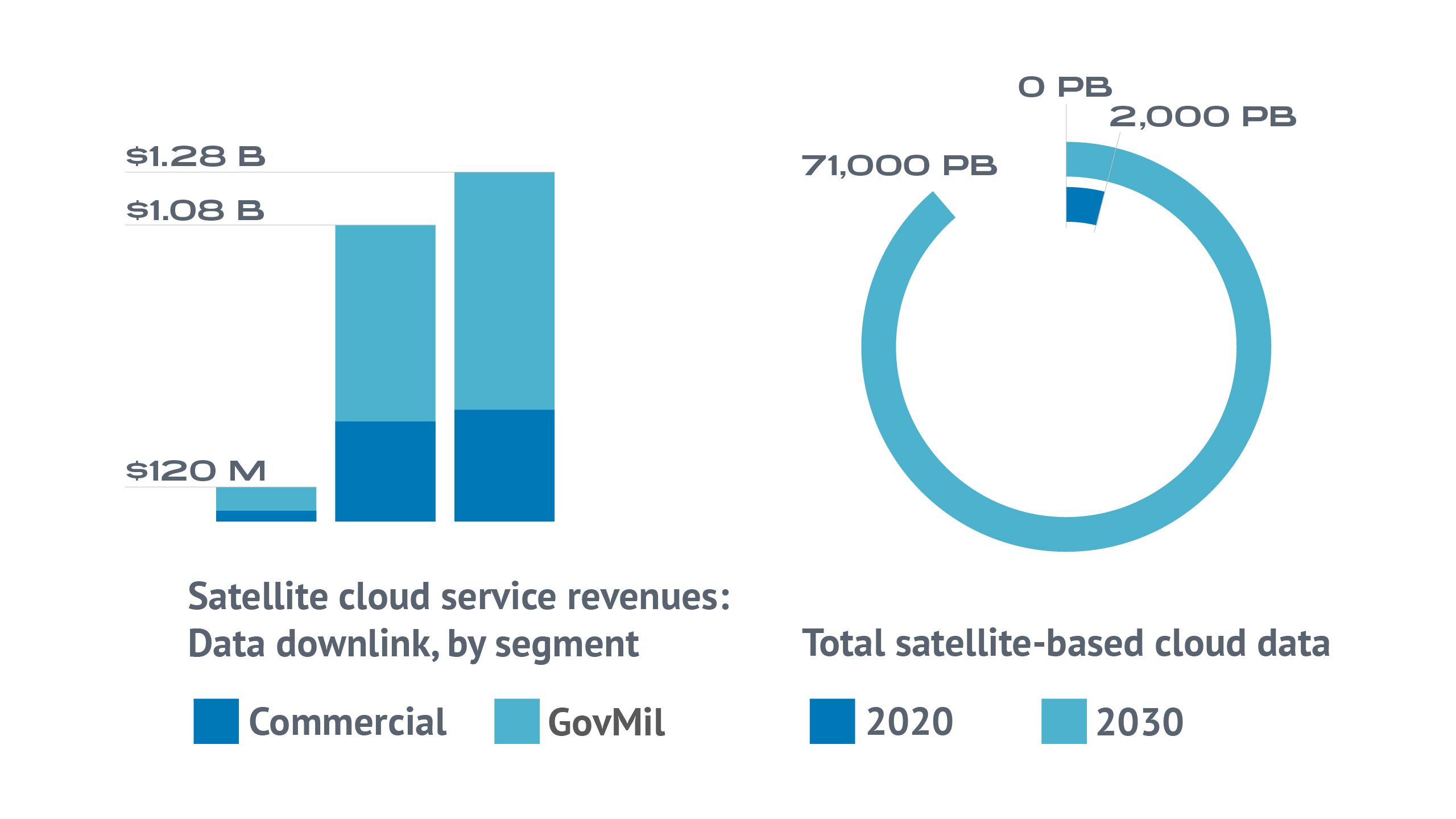

COST-EFFECTIVE SCALE AND OPERATIONS
Cloud-deployment options allow service providers to build out massive networks in less time and with less capex-investment, enabling faster, more cost-effective scale.
Cloud also allows for a distributed, more reliable architecture with access to greater security, proven management tools, and streamlined operations.
Read our latest white paper to learn how service providers and enterprises around the world are taking advantage of these benefits by embracing the cloud in hybrid networks.

Hub and NMS cloud-enablement
In order to shift to a more cloud-based architecture, we have started with virtualizing hub, gateway and NMS components.
We are virtualizing our hub processing and baseband equipment to deploy it in private or public cloud and we are building a cloud-based NMS in order to interoperate with other orchestration systems running in the cloud.

You can read more about our virtualization steps and how we enable cloud-based satellite infrastructure here:
MODEM VIRTUALIZATION
On the modem side, we have embarked in a partnership with Microsoft Azure with the goal to be able to deploy our virtualized modem on a Microsoft Azure HCI Stack-based solution.
For that, we are working on the abstraction of the software functionality from the hardware to allow for the processing to run in the cloud.
Through this collaboration, we will leverage the Azure software radio tools to enable our satcom solutions through the Azure cloud platform.
Through Proof of Concepts (PoCs), testing and milestones, Microsoft Azure Space and ST Engineering iDirect will innovate to bring the unique attributes of satellite to the cloud.
Interoperability
Once our virtualized components are in the cloud, we need to make sure they can easily interoperate with the other components through standard interfaces. To achieve that we need to standardize our satellite RF interfaces. To that end we jointly started an open collaboration with ecosystem partners through the Digital IF Interoperability Consortium (DIFI) to define the Digitized Interface between modulator/ demodulator, modem and RF components as a standard.
"We must figure out the digital interfaces of the satellite components in the cloud so that we deliver services and orchestration to the endpoint, as ground segment providers we must adopt those standards so that none of us are proprietary and we can all participate in a much larger ecosystem."
Kevin Steen, CEO
WANT TO KNOW WHAT OTHER INDUSTRY EXPERTS HAVE TO SAY ABOUT THE CLOUD?
Read on to learn more.
Companies today are looking for strong, reliable, and agile solutions… We are building out the gateways for those MEO services in the cloud service providers’ data centers. This means we can get directly from data center to edge cloud, anywhere in the world with minimum latency and points of failure.

In an exclusive joint whitepaper, Euroconsult discusses the implications of NGSO constellations on ground segment systems and their need to move to the cloud.
Together, this new way of thinking will help facilitate the push towards a more collaborative and coordinated industry approach. These are the visionary changes needed to revolutionise the global connectivity between space-based technologies and a complementing ground segment.



